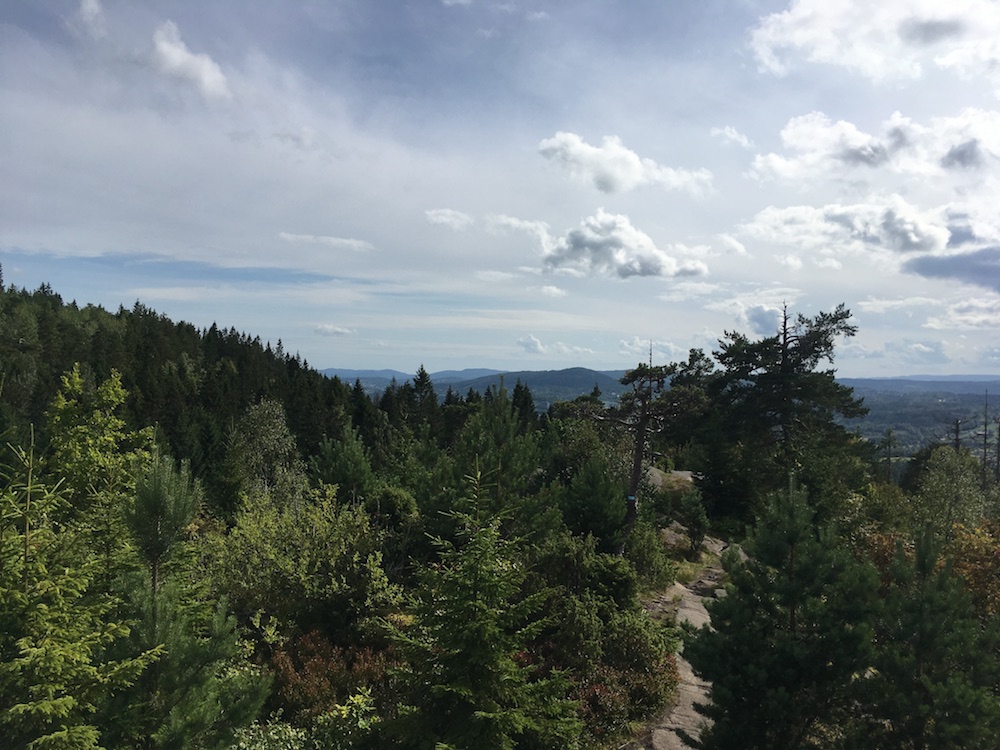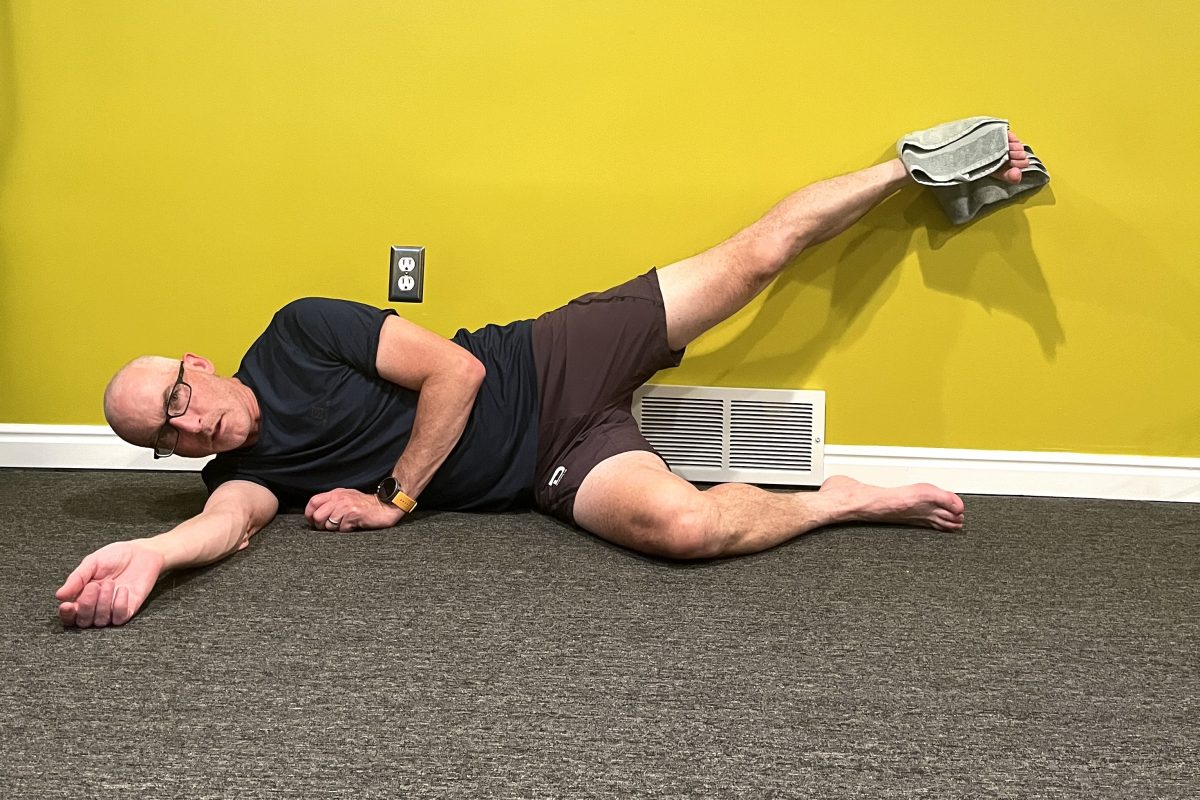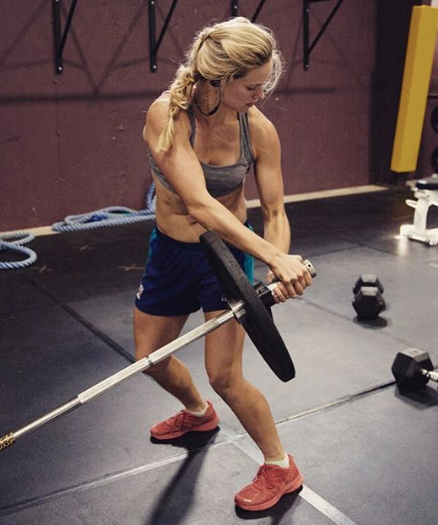
Editor’s Note: The following is the second post of a series proposed by Maks Zechel, a 19-year-old Canadian cross-country skier embarking on his first season training abroad. He recently made the big move to Norway, where he’ll be training and racing with Team Asker for the next nine months. Through these updates, Maks hopes to share his personal “observations, stories, and lessons learned” to help close the gap between North American and Scandinavian nordic skiing. Read Post #1.
***

Ideas: they pop into my head, always big, and they seem so simple at the time, but as soon as I take the first step, the path ahead becomes overwhelming. Many people know this right from the start, but I am continually learning exactly what it takes to bring wild dreams into existence. This year I found out that moving to a new country is not the smooth transition that I had pictured. I knew there would be challenges, but I did not expect to regularly feel that it was impossible for every piece to fall into place. Moving to Norway to train and ski race for a year may sound like a nice holiday, but it took many steps for me to get here. These included securing a visa, finding affordable accommodation, joining the ski team most likely to help me succeed, and navigating the ever-unpredictable world of language barriers and cultural differences.
Visas can take one to three months to process and you usually need a good reason to be living in your destination (e.g. you have a job or are studying in that country). Canadians, like myself, can stay in Norway for up to 90 days without a visa. For longer stays, there is a special option for young Canadian adults that allows you to go to Norway for an “extended holiday” of sorts. I am lucky enough to have Swiss grandparents and to have lived in Switzerland for two and a half years, so before I came to Norway I went through the process of obtaining my Swiss passport (which was stereotypically efficient). As a Swiss citizen I am entitled to live and work in Norway as long as I register at a police station within three months of arriving and prove that I can support myself, have health insurance, etc. Figuring out visas can be intimidating when you get started, but there are many options and it helps to call or book yourself an appointment at a Norwegian embassy.
Another difficult task is trying to find accommodations in a country where you do not know anyone. I looked for places primarily on www.finn.no and wrote several emails to potential landlords in both Norwegian (roughly translated) and English. I rarely received replies and had difficulties playing phone tag with various landlords. I recommend starting your housing search six months before you plan on arriving, as long-term renting options disappear quickly. In the end, I found a basement that an older couple was renting because my mum has a friend, who has a Norwegian friend, who has a colleague, who became one of my landlords. Lesson learned: use your connections, no matter how distant.

Through connections at Nakkertok, I am fortunate to know John Halvorsen, a Norwegian citizen and former elite athlete — he represented Norway in the 10,000-meter at the 1992 Barcelona Olympics. John put me in touch with a few people in Norway who could explain how the Norwegian skiing world works and recommend clubs where I would have the most success.
Naturally, my initial wish was to live in Lillehammer — host of the 1994 Winter Olympics (before I was born). Lillehammer is surrounded by endless rollerskiing, including multiple rollerskiing tracks; has a ski season beginning in October; is just 20 kilometers from Sjusjøen, legendary for its beautiful and endless ski trails; and home of the Lillehammer Skiklubb, the biggest club in Norway. It sounds ideal, but Lillehammer is different from most Norwegian towns and cities, where there are many small clubs instead of one big one. Lillehammer Skiklubb has had a lot of success and so it is difficult to join their team.
I think that it is better to be an important member of a small team than an overlooked member of a large team. From talking to other Canadians, I have found that often the biggest deterrent they face in moving to Norway, or in the trip being successful, is that they are worried about being lonely. I knew that my best chance of success in Norway would be to form good connections with as many people as I could, which would help me get rides to training, allow me to have a better relationship with my coach, and help me make friends.

Team Asker was recommended to me by John and a few other contacts in Norway. The club has about 25 athletes in its junior/senior program (large compared to most Norwegian clubs), including Harald Amundsen, a bronze medalist in the skiathlon and a member of Norway’s gold-medal winning relay team at the 2017 Junior World Championships at Soldier Hollow in Utah. From what I’ve seen in Germany and Norway, many European ski teams are based out of sports clubs. Asker Skiklubb has many different teams, from handball and bandy to track and field and ski jumping. This has its advantages, as Asker’s cross-country ski team has access to the club’s full-sized rubber track, multiple soccer fields, and a small rollerski track. Just 20 k southwest and 25 k northeast from Asker are the world-class rollerski tracks of Drammen and Holmenkollen, where Team Asker regularly does workouts. Through a parent of an athlete on the team, we also have access to a rollerski treadmill. There are many other strong programs near Oslo, including BSK Ski Elite (Bækkelagets Skiklubb’s junior/senior program) and Team Konnerud (known in Norway for its strong women’s team and hosting the Drammen World Cup).

My flight arrived in Oslo on Aug. 1 and I have been living in my new home for two weeks now. Asker is a beautiful, although admittedly rainy town set against a hilly forest with endless running trails. Most of the area looks out over a portion of the Inner Oslofjord, an extension of the North Sea. The town is modern and bike friendly with paths everywhere, but it doesn’t fail to retain its traditionally European “at your own risk” character. In some places, Asker has bike paths the size of roads, and in others, there are roads that surely only a bike could navigate. Last week I was convinced I was biking along a “bikes and pedestrians only” path, raised and separated from the main road that it followed, only to meet a car pulling onto the path from its driveway. As I learn about Asker and Norwegian culture, I look forward to more surprises in the coming weeks … so long as those surprises don’t contain headlights.
Norwegian Phrase of the Week:
Cashier: Trenger du poser?
(Translation: Do you need bags?)
Me: Ughh, Mastercard, takk.
(Translation: Ughh, Mastercard, thanks.)
Cashier: Vil du kvitteringen?
(Translation: Would you like your receipt?)
Me: Ingen poser, takk!
(Translation: No bags, thanks!)
Cashier: …
(Translation: …)
Quick Tips for Moving Abroad:
- Make sure that your passport doesn’t expire until six months after your last day in your destination.
- Confirm that your health insurance covers you abroad. Furthermore, in Ontario, you have to get a temporary health card if you will be away for more than 7 months.
- Consider setting up a bank account once you arrive at your destination (foreign e-transfer fees are huge and ATM fees add up quickly when withdrawing cash regularly).
- Buy plug adapters and confirm that your devices/appliances work with the voltage ratings of your destination.
Useful Websites:
Norwegian Visas: www.udi.no
Norwegian Rentals/Buy & Sell: www.finn.no
Team Asker (Asker): www.asker-skiklubb.no/Langrenn
BSK Ski Elite (Oslo): http://ski.bekkelagets.no/p/14814/bsk-elite
Konnerud IL (Drammen): http://konnerud.no/ski/gruppene/gruppe-15/
***
About Maks: Maks Zechel is a competitive cross-country skier who secretly wants to become a professional mile runner. He loves hiking and going on canoe trips with his family, as well as peanut butter cups in ice cream. Johan Olsson is his favourite skier and he hopes to race the Cortina-Toblach stage of the Tour de Ski one day. He enjoys writing about his experiences. Follow him on Instagram @makszechel.



